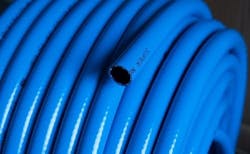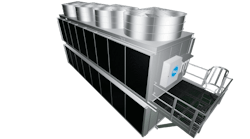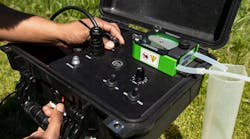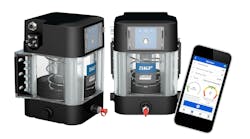Importance of Hose Protection Layers
We all realize that a chain is only as strong as its weakest link, production levels are determined by the bottleneck, and that a chemical process facility's acceptable level of safety is directly impacted by layers of protection.
Opportunities for risk reduction and increased process safety can be identified by conducting Process Hazard Analysis (PHA) and / or a Layer of Protection Analysis (LOPA). A PHA is a method for systematically identifying where upgraded systems are needed to ensure the integrity of the chemical process. A LOPA is a methodology that identifies and quantifies the risks associated with the use of Independent Protection Layers (IPL) as safeguards. The IPL's can be an active or passive system, as long as they are capable of detecting, preventing or mitigating catastrophic hazardous events. In both PHA and LOPA, cause and effect scenarios are utilized to determine possible event frequencies which are measured against the potential severity of the event. When the analysis is complete a risk tolerance criteria is developed which will help focus safety resources on critical safeguards.
One of the most frequently identified scenarios, in both PHA and LOPA studies, is the failure of transfer hoses. Chemical hose assemblies operate in a wide variety of harsh environments, under tremendous amounts of pressure, at extreme temperatures and in physically demanding conditions. In all chemical transfer facilities, the presence of a transfer hose represents the "weakest link" in the process.
Another reason why hose assemblies are considered to be dangerous is directly related to the, "Hose Paradox." Hose assemblies represent the weak-link in all transfer applications until they are involved in a pull-away incident. During a pull-away incident a 2-in. textile braided hose assembly will experience 12,000 lb.+ of pull force before it fails. Under those conditions, the hose assembly is most likely no longer the weak-link, plant piping, tank truck piping, bulk-head piping, and loading arms will fail before the hose which can lead to an uncontrolled release of a hazardous material.
If the hose assembly represents the, "weak-link" in the transfer operation and plant safety is directly related to, "Layers of Protection", then adding an Independent Protection Layer (IPL) inside of the hose assembly makes good sense! The Smart-Hose Safety System represents a passive safety device that can protect the facility from catastrophic hose failures while providing break-away / pull-away protection.





